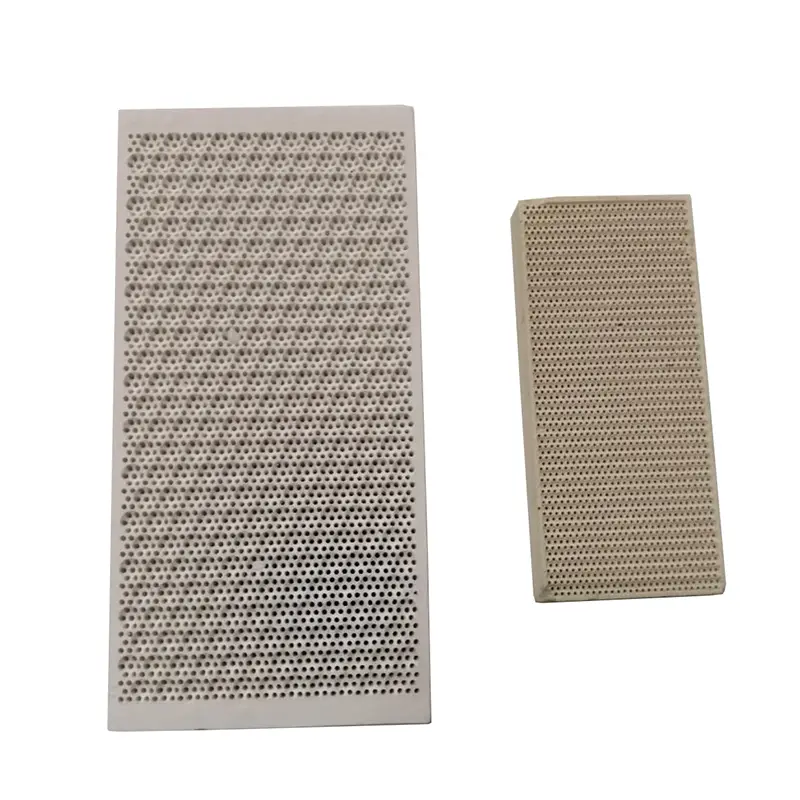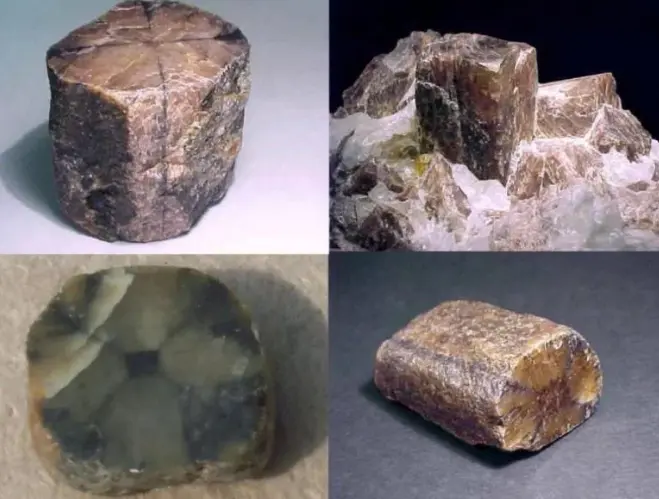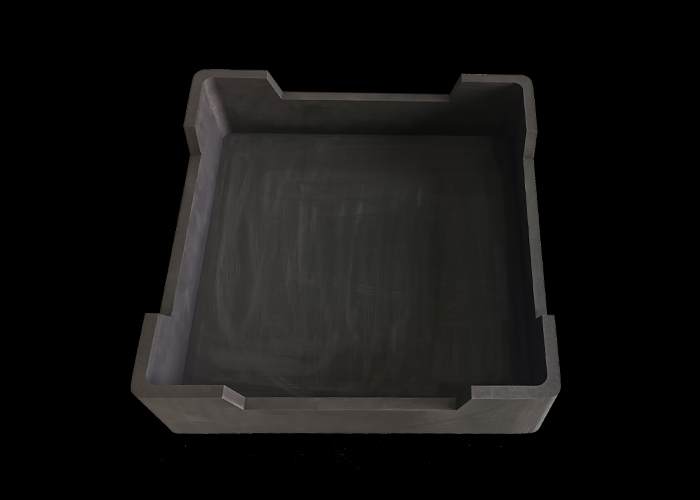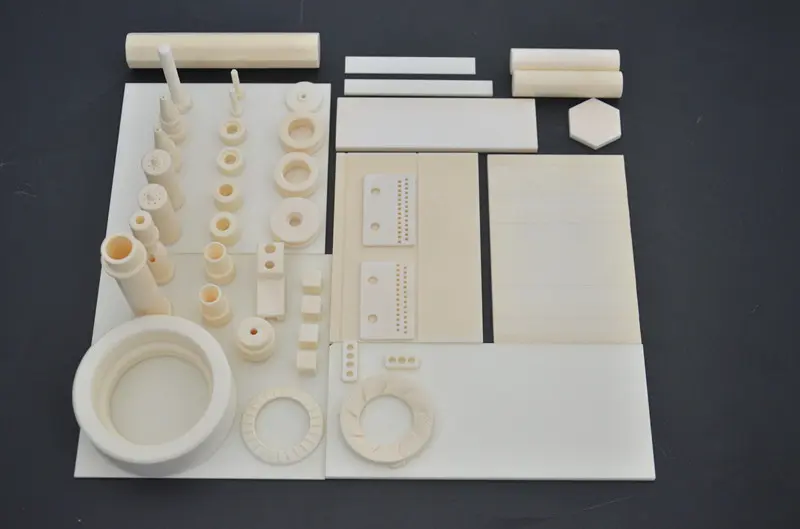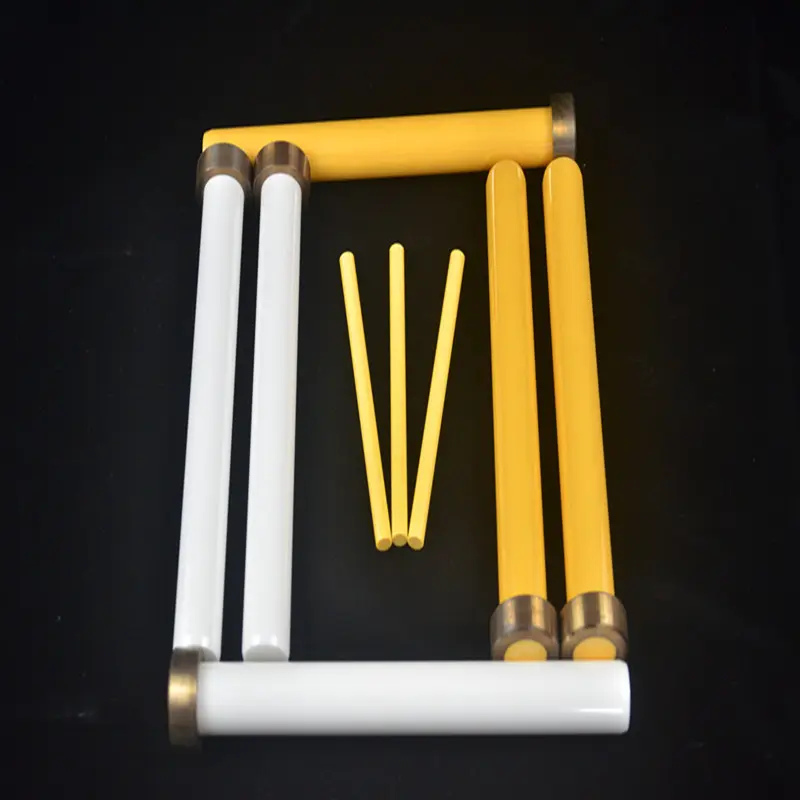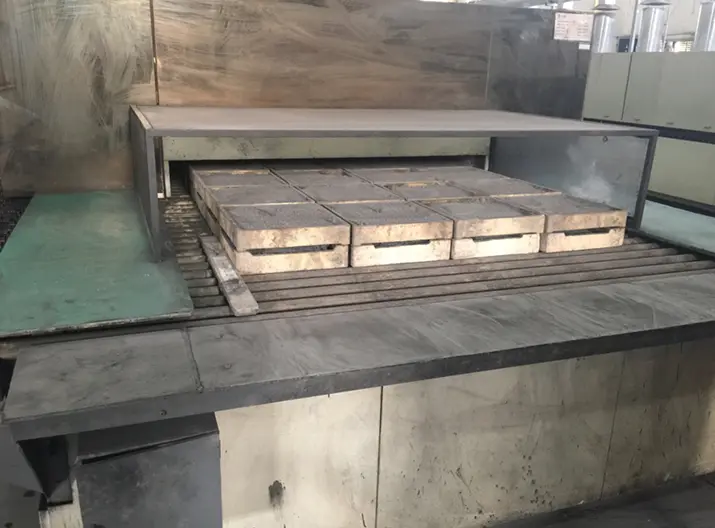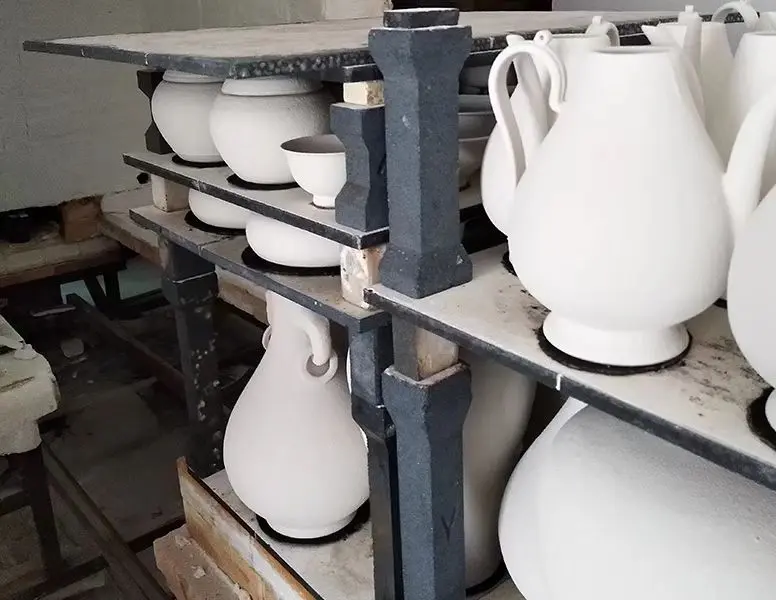Characteristics and Applications of Recrystallized Silicon Carbide (R-SiC)
I. Characteristics of Recrystallized Silicon Carbide
-
High Purity
-
Contains no metallic or oxide sintering aids, with a composition of nearly pure SiC (purity > 99%), making it suitable for chemically demanding environments.
-
-
Excellent High-Temperature Performance
-
Melting point up to 2700°C, capable of long-term use above 1600°C. It exhibits high strength and thermal shock resistance (due to the absence of a glass phase and low thermal expansion coefficient).
-
-
Outstanding Corrosion Resistance
-
Resistant to acids, alkalis, molten metals, and high-temperature oxidation, particularly in harsh environments such as strong acids (e.g., HF), strong alkalis (e.g., NaOH), and salt spray.
-
-
Superior Wear Resistance
-
High hardness (Mohs hardness 9.2), with wear resistance close to that of diamond, making it ideal for high-friction and erosive conditions.
-
-
Porous Structure
-
No volume shrinkage during sintering, resulting in approximately 10%-20% open porosity. This allows controllable permeability but reduces mechanical strength compared to reaction-bonded or pressureless-sintered SiC.
-
-
Low Thermal Conductivity & Electrical Insulation
-
Porosity lowers thermal conductivity, making it suitable for thermal insulation. Pure SiC provides electrical insulation (unlike conductive reaction-bonded SiC).
-
II. Applications of Recrystallized Silicon Carbide
-
High-Temperature Industrial Furnace Components
-
Kiln Furniture (shelves, rollers): Used in ceramic and electronic component sintering, enduring repeated thermal cycles.
-
Thermocouple protection tubes: Operates stably in molten metals or corrosive gases for extended periods.
-
-
Chemical & Environmental Protection
-
Corrosion-resistant filters: Used in high-temperature flue gas filtration (e.g., waste incinerators) and chemical slurry filtration.
-
Catalyst supports: Porous structure provides high surface area, resistant to acid/alkali erosion.
-
-
Semiconductor & Photovoltaic Industries
-
Wafer carriers (boats, paddles): High purity prevents contamination of silicon wafers, resistant to corrosive gases (e.g., Cl₂, HF) in semiconductor processes.
-
Components for polysilicon casting furnaces: Withstands temperatures above 1600°C with long service life.
-
-
Wear & Sealing Components
-
Sandblasting nozzles, mechanical seal rings: High hardness extends component lifespan.
-
Bearings & bushings: Used in rotating equipment exposed to corrosive media.
-
-
New Energy & Scientific Research
-
Nuclear reactor materials: Low neutron absorption cross-section, radiation-resistant.
-
Spacecraft thermal protection: Resists extreme high-temperature gas erosion.
-
-
Other Fields
-
Porous burners: Uniform permeability enables efficient, low-emission combustion.
-
Biomedical implants (research stage): Utilizes bio-inertness, though porosity-related strength issues need addressing.
-
III. Comparison with Other Silicon Carbide Ceramics
| Property | R-SiC | Reaction-Bonded SiC | Pressureless-Sintered SiC |
|---|---|---|---|
| Porosity | 10%-20% | <1% | <5% |
| Flexural Strength | Lower | High | Highest |
| Max. Service Temp. | >1600°C | ~1400°C | ~1600°C |
| Corrosion Resistance | Best | Good | Excellent |
| Cost | Medium-Low | High | Highest |
IV. Limitations
-
Lower Mechanical Strength: Due to porosity, not suitable for high-load applications.
-
Difficult Machining: Extreme hardness requires diamond grinding or laser processing.
Recrystallized silicon carbide, with its unique combination of high-temperature resistance, corrosion resistance, and permeability, is irreplaceable in extreme environments. Its future potential in high-end fields such as new energy and semiconductors remains vast.


